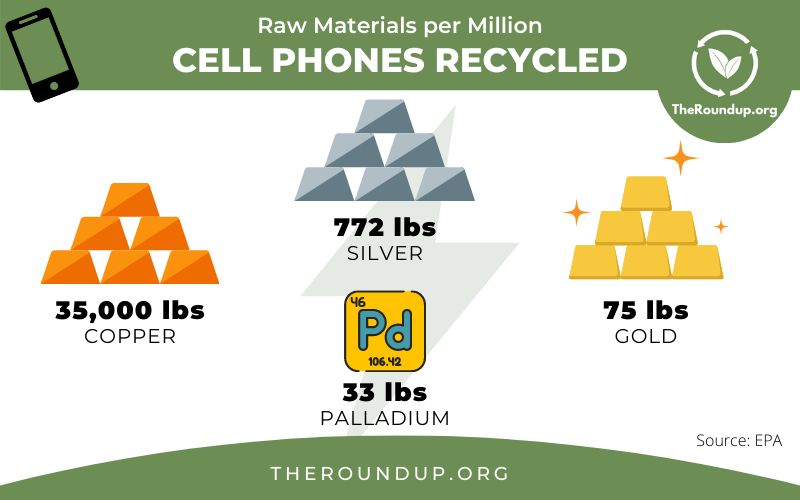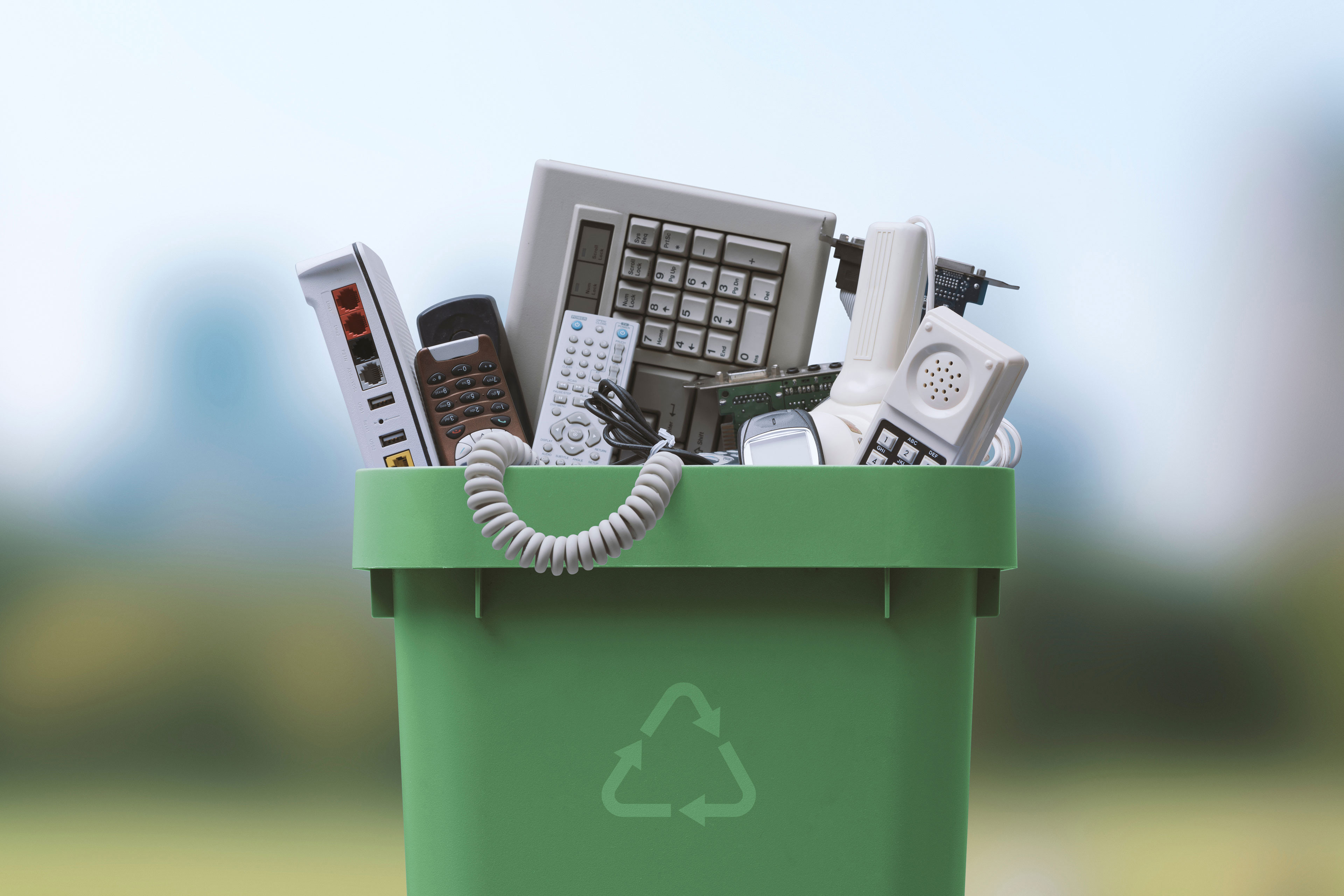A Biased View of Recycling Lives Services
A Biased View of Recycling Lives Services
Blog Article
Indicators on Recycling Lives Services You Should Know
Table of Contents5 Simple Techniques For Recycling Lives ServicesSome Known Details About Recycling Lives Services How Recycling Lives Services can Save You Time, Stress, and Money.Some Known Facts About Recycling Lives Services.Getting The Recycling Lives Services To Work

Furthermore, all Oxfordshire local authorities accept vapes and e-cigarettes as a separate kerbside collection. Just how they are accumulated in each location varies somewhat; examine you have the right info for your area.
Mobile batteries the kind you locate in tiny handheld devices can also be recycled at the kerbside yet not inside any of your bins. Bigger stores that offer batteries likewise have collection points for recycling old batteries.
6 Simple Techniques For Recycling Lives Services
Older-style filament or halogen light bulbs can be disposed of in your basic rubbish bin at home. Some Do it yourself shops also have collection factors for light bulbs.

The Facts About Recycling Lives Services Uncovered
Electric items are broken down into separate pasts so that the various products they are made up of can be eliminated and recycled. Waste recycling centres are for use by householders only and can not approve waste from commercial sources.
E-waste, electronic waste, e-scrap and end-of-life electronic devices are terms frequently utilized to define used electronic devices that are nearing the end of their beneficial life, and are disposed of, contributed or offered to a recycler. The UN defines e-waste as any discarded items with a battery or plug, and includes hazardous and hazardous substances such as mercury, that can position serious threat to human and ecological health.
Unknown Facts About Recycling Lives Services
Just 17.4% of this digital waste, consisting of a combination of dangerous compounds and valuable materials, will be recorded as being properly collected, treated and reused - https://www.storeboard.com/recyclinglivesservices. Several initiatives are taken on to tackle this expanding problem, but none can be totally effective without the active duty and right education and learning of consumers

Moreover, mining thrown out electronics generates 80% less emissions of carbon dioxide each of gold compared to mining it from the ground. In 2015, the extraction of raw products made up 7% of the world's power intake. This means that relocating in the direction of the use of even more secondary resources in electronic items can aid significantly within the targets set out in the Paris Arrangement on climate adjustment.
Recycling Lives Services Fundamentals Explained
When the carbon dioxide launched over a tool's life time is thought about, it primarily happens during production, prior to consumers acquire an item. This makes reduced carbon procedures and inputs at the production phase (such as usage recycled raw products) and product life time key factors of total environmental effect.
Even in the EU, which leads the globe in e-waste recycling, just 35% of e-waste is formally reported as properly gathered and recycled. Internationally, the average is 20%; the remaining 80% is undocumented, with much finishing up go to this site buried under the ground for centuries as land fill. E-waste is not biodegradable. The lack of recycling considers greatly on the international electronic market and as gadgets come to be extra countless, smaller and extra complex, the concern rises.
The remaining mass of e-waste mostly plastics tied with steels and chemicals presents a more unbending problem. A new vision for the manufacturing and usage of digital and electrical goods is needed. It is easy for e-waste to be framed as a post-consumer trouble, however the problem incorporates the lifecycle of the gadgets everyone uses.
Report this page